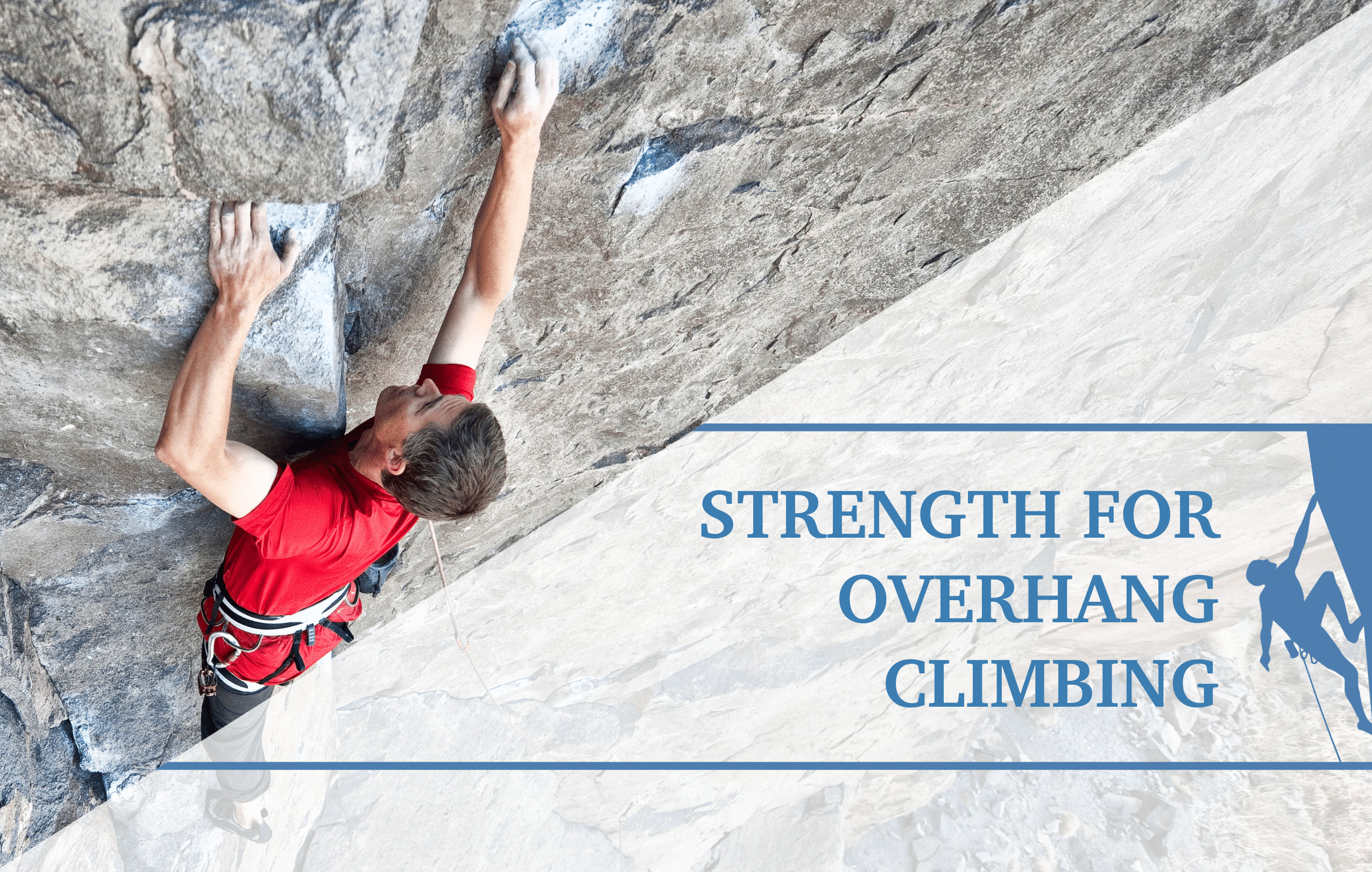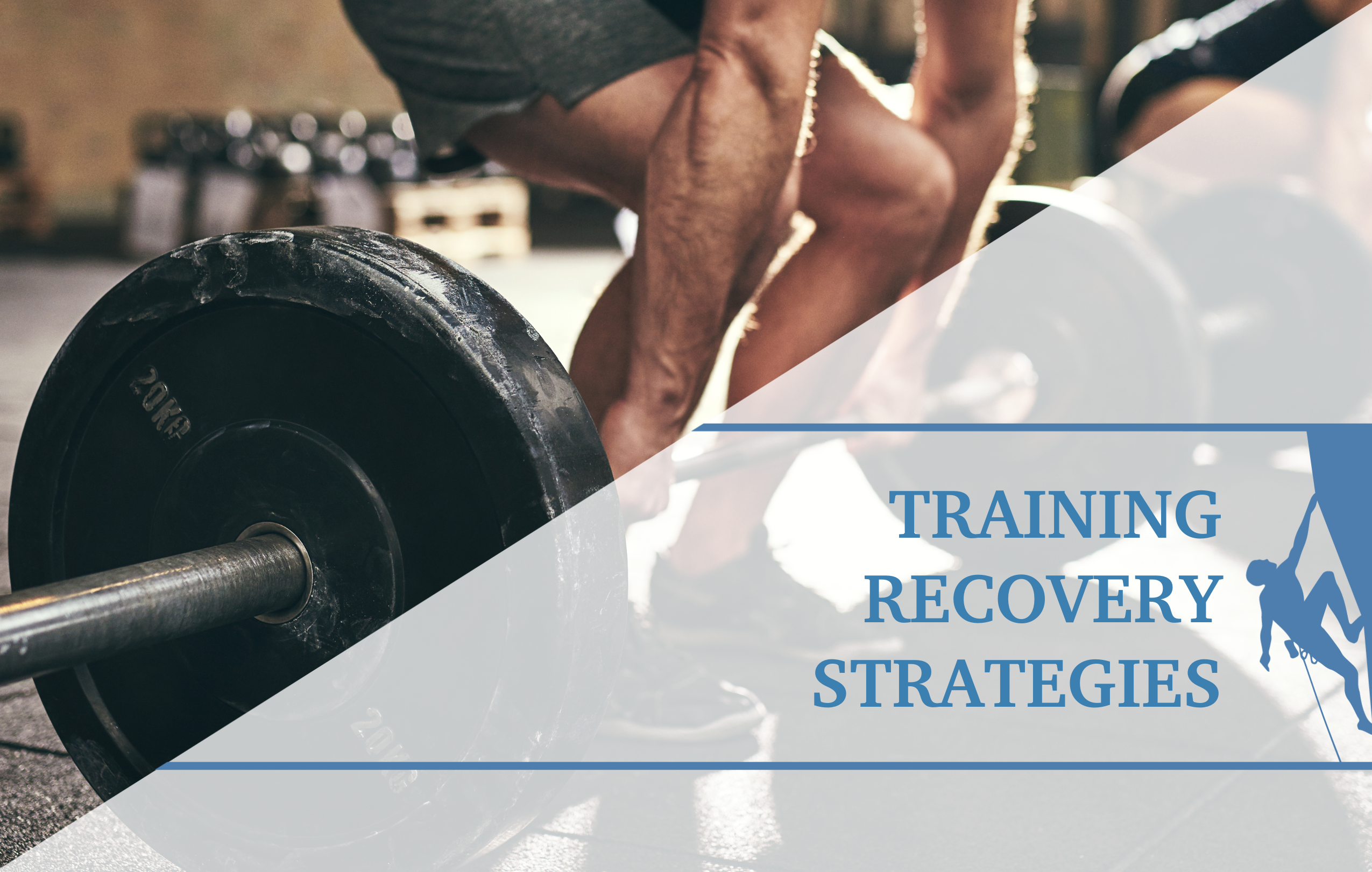Need for Development of a Climbing Specific Fitness Battery for Youth Climbing Comparable to Other Sport Specific Fitness Batteries
Climbing has increased in popularity in youth sports, especially with its introduction to the Olympic stage in Tokyo. With this, more and more gyms are expanding their youth teams. The expansion of climbing, specifically youth climbing, increases the necessity for age appropriate fitness batteries to be introduced to gather data on athletic performance, skill of climbing, and most importantly, injury prevention. These types of fitness batteries are standard in the world of sport and have become more important in youth sport recently. The increasing intensity and competitive level of youth sport has led to emergence of youth-specific overuse injuries, requiring more medical involvement and prior to play medical screenings. This will likely transition to youth climbing with its explosion in popularity, thus sports scientists, climbing coaches, and physical therapists should collaborate on the introduction of a climbing specific fitness battery to assess the needs of youth climbing athletes.
Testing is the foundation of training; it helps to determine the current status of an athlete and provides a compass that directs future decisions in programming” – Vern Gambetta, Founding Father of Functional Sports Training
The first step in developing a proper testing battery is evaluating the needs of the sport. For climbing coaches, this step should be easy. Answering the following questions are vital in developing the needs analysis of sport.
1. What are the metabolic/energy demands of climbing?
Metabolic demands are dependent on the types of energy systems that the body uses to participate in activity. Depending on the climbing discipline, all three energy systems can be utilized. The ATC-CP system is a rapid and short-lasting energy system used during high-intensity activities, such as short hard boulder moves, providing immediate energy through the breakdown of stored ATP and creatine phosphate. The lactic acid/glycolytic system is an energy system that kicks in during moderate to high-intensity exercise when the oxygen supply is limited (more used in sport climbing), producing energy through the breakdown of glucose and the formation of lactic acid as a byproduct. The aerobic/oxidative system is the energy system predominantly used during low to moderate-intensity exercises (think multi-pitch or multi-event competitions), relying on the presence of oxygen to efficiently break down carbohydrates, fats, and proteins to produce energy for prolonged periods.
Since all systems are utilized, all energy systems (ATC-CP, lactic acid/glycolytic, and aerobic system/oxidative) should be evaluated in a testing battery.
2. What are the metabolic/energy demands of climbing?
Biomechanics describes the detailed interaction between an athlete’s muscles, bones, and tendons and what movement is then produced. The type of movement as well as the speed of movement around the involved joints are important to consider as well. In climbing, the shoulder and hips are often the primary joints to consider – along with their associated prime mover muscles.
3. What are the common injuries in climbing?
Common climbing injuries relate to fingers, hands, shoulders, as well as knees. However, regardless of sport, a cascade of events often will eventually lead to injury. In climbing, increased and fast loading of the upper extremity often lead to finger pulley injuries, and so purposeful and gradual strengthening exercises are the ideal ways to prevent and become resilient to injury. By understanding the means by which athletes encounter risks, proper programing can be developed to offset risk of injury. Further understanding of which athletes are more predisposed to injury, when an injury typically occurs during competition or practice should be acknowledged as well when designing tests for program development.
6 Reasons for Athlete Assessment and Testing
- Determine an athlete’s level of physical preparedness for competition
- Establish a baseline to assist with exercise prescription
- Monitor an athlete’s improvements and determine when they are responding adversely to a program
- Compare an athlete’s score to historical normative data
- Predict potential for success in sport or injury risk
- Recovery from injury and readiness for return to play/return to competition
There must be a balance of base athleticism and climbing skill measurement. So, with understanding the importance of this battery established, how can these factors be tested in a more climbing specific way? And what tests would be more beneficial for general athletic performance?
Climbing coaches will have the easiest time determining the sport specific tests based on equipment they have readily available. Tests of strength in non-climbing settings usually involve 1-Rep Max or Multiple-Rep Max testing of primary movements in sport. With youth athletics, coaches will likely choose to use 5-10 Rep Max testing. Climbing coaches can easily implement 1-Rep Max or Multiple-Rep Max testing of Pull Ups, Squat, and Deadlift. Climbing athlete standards are also emerging from these movements. Age appropriate considerations need to be taken, but with proper coaching and preparation, all these movements are safe to perform.
Power Testing
Power testing is primarily done so using Max Vertical Jump, Squat Jump, and Broad Jump tests. Climbing does require lower extremity power, especially in competition style climbing, so objectively measuring power with jump testing is important. Very little equipment is needed for assessment of these tests. Upper extremity power test metrics are not yet adequately developed in sport science. However, Medicine Ball Chest Pass for Distance or a Medicine Ball Chest Pass scanned with a speed/radar gun, can be used to obtain general an upper extremity power metric. Coaches can decide based on their athletes skill and age whether a campus board assessment is appropriate, for more sport specific measurement of relative upper extremity power.
Continuous Conditioning Tests, Interval Tests, and Sprint Tests
Continuous Conditioning Tests, Interval Tests, and Sprint Tests are common metabolic conditioning tests in sport. Each of them can be adjusted to reflect more climbing specificity. A continuous test could take the place of repeated bouts on a submaximal roped route or traversing a specific distance. The same could be done with interval tests. A sprint test, while it can be adapted for climbing, may be more beneficial to remain as intended. Sprinting is a well-supported movement to develop power and may reveal deficits in horizontal power and strength that would not typically be discovered in a move climbing specific mode.
Flexibility Testing
The final consideration for tests in the battery should be flexibility. More and more literature is being published that supports the need for flexibility and mobility in sport. Climbing specifically requires good hip, shoulder, and thoracic mobility. Assessments such as muscle length measurement of latissimus dorsi and pectoralis minor can be considered for shoulder movement, but active movement may prove to be more beneficial of a measurement. Hip mobility can be assessed with the climbing specific Lateral Foot Reach and Adapted Grant Foot Raise.
Developing A Standardized Test
Development of a more standardized testing battery for climbing may be daunting to all climbing professionals ranging the rehabilitation to performance spectrum, but its necessity is evident as the sport continues to grow in popularity. With development of more tests, conducting well supported cross-sport tests, and subsequent measured improvement in climbing performance, climbing will have more of a seat at the table with other Olympic sports.
Below is a two day sample testing battery that can help coaches objectively measure baseline athleticism as well as climbing skill. Dividing testing into two days will allow climbers to demonstrate their best performance. It is important to recognize the athletes being tested should all undergo a standardized warm up, should not be tested when fatigued, and equipment should be consistent. Additionally, the testing order should follow this scheme:
- Non-fatiguing Tests (body composition, flexibility, etc)
- Maximum Power and Strength Testing (broad jump, vertical jump, 1RM, etc)
- Sprint Testing
- Local Muscular Endurance Tests (max pull ups, max push ups, etc)
- Aerobic Capacity Tests (continuous conditioning, interval, etc)
Example Proposed 2-Day Youth Climbing Fitness Battery
Day 1
- Standardized Warm Up
- 3-5 minutes of light cardio – jumping jacks, jogging
- 3-5 minutes of dynamic stretching – cat/cow, ½ kneeling hip flexor stretch, arm circles, leg swings, adductor rockbacks
- 10-15 minutes of climbing specific movements on easy boulder problems
- Flexibility
- General Movement Screen/Quality of Movement
- Squat
- Lunge
- Hinge
- Push-Up
- Specific Flexibility Tests
- Latissimus Dorsi Flexibility
- Climber lies flat on ground with knees bent and pelvis posteriorly rotated
- Instruct climber to reach maximally overhead, keeping elbows straight
- Measure distance between climber’s elbow and floor
- Adapted Grant Foot Raise
- Climber stands 23cm from a wall, behind a taped line
- Climber’s hands are pressed against the wall with their palm’s flat and arms approximately shoulder width apart
- Climber slides one foot up against wall, with slight hip external rotation, maintaining contact with wall with big toe
- Climber can use any means to get foot as high up on the wall as possible, as long as full contact with palms of hands are kept with wall
- Maximum height of foot is recorded
- Test is repeated on other leg
- Maximal Strength Testing (squat, deadlift, pull up)
- 1-RM Strength Testing if age appropriate
- Climber warms up by performing squat, deadlift, pull up with load that allows 5-10 repetitions
- Rest for 1 minute
- Climber warms up by performing squat, deadlift, pull up with load that allows 3-5 repetitions
- Rest for 3-5 minutes
- Climber attempts 1-RM by performing squat, deadlift, pull up with load that is 10-20% greater than load used in step 3
- Rest 3-5 minutes
If climber fails at performing 1RM – reduce load by 5-10% and repeat 1RM trial after sufficient rest - Multiple-RM Strength Testing (3-5RM) if 1-RM testing is not age appropriate. Follow similar protocol with 1-RM testing, but adjust warm up to reflect 8-12 repetitions
- 1-RM Strength Testing if age appropriate
- Maximal Finger Strength Testing
- Maximum Added Weight Hang
- Climber warms up by performing 3-5 sets of 5s hangs on comfortable edges on a hangboard
- Rest for 1-2 minutes between sets
- Climber performs 10s bodyweight hang on 20-22mm edge
- Rest 3-5 minutes
- Climber gradually adds 5-10% of bodyweight to hang via weight belt and repeats 10s hang on 20-22mm edge
- Rest 3-5 minutes
Dependent on climbing age and skill, this test may only be appropriate to administer with bodyweight
- Maximum Added Weight Hang
- Maximal Power Testing
- Medicine Ball Chest Pass for Distance
- Climber sits with back against wall and legs straight out in long sitting position
- Climber brings medicine ball to test (2-5kg for women, 3-7kg for men) and explosively throws medicine ball forward
- Distance is recorded from climber’s hips to the point at which the ball hit the ground first
- Rest 2-3 minutes
- Repeat test 2 more times and average distance achieved between the 3 trials
- Medicine Ball Chest Pass for Distance
- Vertical Jump Test
- Climber rubs chalk on dominant hand
- Climber stands 6 inches from wall, reaches as high as they can, and marks the wall with chalked hand
- Climber then rechalks dominant hand and performs countermovement jump and marks the wall as high as possible
- Measurement between middle fingers of point 1 and point 2 is recorded as jump height
Day 2
- Standardized Warm Up
- 3-5 minutes of light cardio – jumping jacks, jogging
- 3-5 minutes of dynamic stretching – cat/cow, ½ kneeling hip flexor stretch, arm circles, leg swings, adductor rockbacks
- 10-15 minutes of climbing specific movements on easy boulder problems
- Climbing/Sport Specific
- Movement Screen
- Drop knee
- Flagging
- Mantling
- Stemming
- Climbing Endurance Testing
- Climber climbs submaximal routes of boulder problems continuously until failure
- Climber can also continually traverse if routes or boulder problems are not appropriate
- Time spent on the wall is recorded
In conclusion, the increasing popularity of climbing, particularly among youth athletes, necessitates the development of age-appropriate fitness batteries to assess athletic performance, climbing skills, and injury prevention. As climbing expands, it is crucial to gather data and establish standardized testing protocols to support the growth of the sport. By understanding the metabolic and energy demands of climbing, as well as the biomechanics and common injuries associated with it, climbing coaches, sports scientists, and physical therapists can collaborate to create a climbing-specific fitness battery. This battery should incorporate tests for strength, power, conditioning, and flexibility, while considering the unique needs of climbers. As climbing gains recognition as an Olympic sport, a standardized testing battery will enhance the sport’s credibility and provide valuable insights for training and injury prevention. By implementing these assessments, climbers can strive for optimal performance while minimizing the risk of injuries, ensuring climbing’s place alongside other established Olympic sports.
About The Author
Jacquelyn Brown graduated from Saint Joseph’s University PT Program in May of 2023. During her time in PT school she began coaching youth climbing and plugging into the local youth climbing community. This exposure to youth climbing allowed her to see injuries, strength training techniques, and how coaches measured their climbers performance. She wants to continue in her career to support the mitigation of injury in youth climbers.
References
- Caine, D., Meyers, R., Nguyen, J., Schöffl, V., & Maffulli, N. (2022). Primary Periphyseal Stress Injuries in Young Athletes: A Systematic Review. Sports medicine (Auckland, N.Z.), 52(4), 741–772. https://doi.org/10.1007/s40279-021-01511-z
- Draper, N., Brent, S., Hodgson, C., & Blackwell, G. (2009). Flexibility assessment and the role of flexibility as a determinant of performance in rock climbing. International Journal of Performance Analysis in Sport, 9(1), 67–89. https://doi.org/10.1080/24748668.2009.11868465
- Faigenbaum, A. D., Kraemer, W. J., Blimkie, C. J., Jeffreys, I., Micheli, L. J., Nitka, M., & Rowland, T. W. (2009). Youth resistance training: updated position statement paper from the national strength and conditioning association. Journal of strength and conditioning research, 23(5 Suppl), S60–S79. https://doi.org/10.1519/JSC.0b013e31819df407
- Ruiz, J. R., Castro-Piñero, J., España-Romero, V., Artero, E. G., Ortega, F. B., Cuenca, M. M., Jimenez-Pavón, D., Chillón, P., Girela-Rejón, M. J., Mora, J., Gutiérrez, A., Suni, J., Sjöström, M., & Castillo, M. J. (2011). Field-based fitness assessment in young people: the ALPHA health-related fitness test battery for children and adolescents. British journal of sports medicine, 45(6), 518–524. https://doi.org/10.1136/bjsm.2010.075341
- Schöffl, I., Lutter, C., & Schöffl, V. (2019). What to Examine in Youth Climbing Athletes: Yearly Examination of the German Climbing Team and its Consequences. Kaderuntersuchung der Deutschen Nationalmannschaft Sportklettern – Standards und Konsequenzen. Sportverletzung Sportschaden : Organ der Gesellschaft fur Orthopadisch-Traumatologische Sportmedizin, 33(4),
- Disclaimer – The content here is designed for information & education purposes only and the content is not intended for medical advice.




